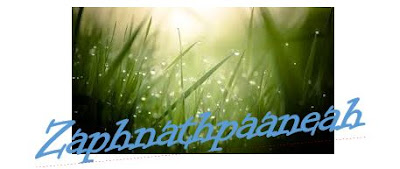
Right ...
following through from our previous post (here), let's see what happens after Yah'shua is raised from death in terms of us ...
Isaiah explains beautifully in verse 14 (Isaiah 45) how the victory becomes ours when the labor of Egypt (root word is bondage) and the merchandise of Cush (those in darkness) and the Sabeans (drunkards) shall become yours. That they will walk behind you in chains and bow down to you and say this profound truth:
"SURELY GOD IS IN YOU, AND THERE IS NO OTHER; THERE IS NO OTHER GOD."
Isaiah in verse 15 exclaims: "Verily thou art an El that hidest thyself, O Elohim of Israel, the Saviour [Hebrew - yâsha‛ ... as in Yah'shua]."
How?
Abba tells us from verse 21:
"Tell ye, and bring them near; yea, let them take counsel together: who hath declared this from ancient time? who hath told it from that time? have not I יהוה? and there is no Elohim else beside me; a just El and a Saviour [Hebrew - yâsha‛ ... as in Yah'shua]; there is none besides me."
But ... what should we do?
Verse 22:
"Look [pânâh - turn to Me, behold and face Me, draw onto Me, regard Me. Pictograph - speak life through Grace] unto me, and be ye saved [yâsha‛], all the ends of the earth: for I am El, and there is none else."
... and so the Word made us righteous ...
"I have sworn by myself, the word is gone out of my mouth in righteousness, and shall not return, That unto me every knee shall bow, every tongue shall swear.
Surely, shall one say, in יהוה have I righteousness and strength: even to him shall men come; and all that are incensed against him shall be ashamed." Isa 45:21-24
... righteousness and strength ...
pânâh into His marvelous Light and know He is God!





















